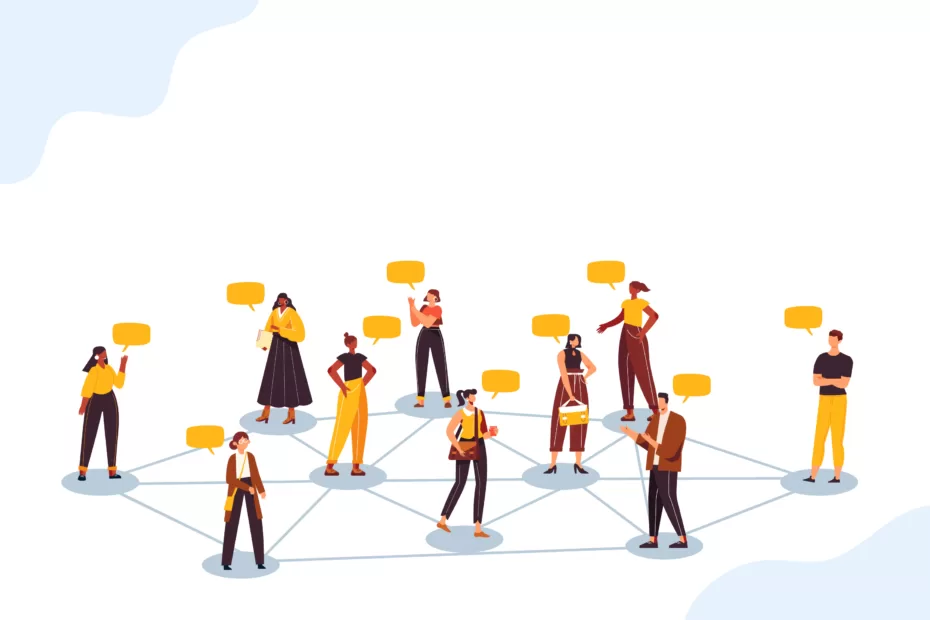Near Field Communication
In today’s rapidly evolving digital world, Near Field Communication (NFC) has emerged as a revolutionary technology, transforming the way we interact with everyday devices and conduct various transactions. From contactless payments to simplified data transfers, NFC has become an integral part of modern life. In this blog, we’ll delve into the essence of NFC, its applications, and how it works to facilitate seamless communication between devices. So, let’s get started!
What is NFC?
NFC stands for Near Field Communication, a short-range wireless technology that enables communication between devices within close proximity. It operates on the principles of electromagnetic induction, where two NFC-enabled devices can exchange data when placed near each other, typically within 4 centimeters.
How Does NFC Work?
- Communication Components:
NFC technology consists of two key components – the NFC initiator and the NFC target. The initiator actively generates an RF (radio frequency) field, while the target responds to the initiator’s signal. For example, a smartphone equipped with NFC acts as the initiator, while an NFC-enabled payment terminal serves as the target.
- Modes of Operation:
NFC supports three distinct modes of operation, ensuring its versatility in various applications:
a. Read/Write Mode: In this mode, the initiator reads data from an NFC tag or writes data onto it. NFC tags are passive devices that store information such as URLs, contact details, or product information.
b. Peer-to-Peer Mode: In this mode, two NFC-enabled devices establish a direct connection to exchange data. This mode is widely used for file transfers, multimedia sharing, and contactless payments.
c. Card Emulation Mode: NFC-enabled devices can emulate smart cards, allowing them to perform transactions like contactless payments or ticketing. This mode enables your smartphone to act as your credit card or travel pass when tapped against a compatible reader.
- Communication Protocol:
NFC employs a set of communication protocols to ensure data exchange is secure and efficient. These protocols include:
a. Initiator and Target: Devices alternately play the roles of initiator and target during communication, establishing a two-way interaction.
b. Activation: The initiator emits a radio frequency signal to activate the target within its proximity.
c. Data Exchange: Once the target is activated, data exchange occurs via a process called load modulation. The initiator’s RF signal induces a current in the target’s antenna, allowing the devices to exchange data.
d. Security: NFC incorporates encryption and authentication measures to protect sensitive information during communication, safeguarding users from potential data breaches.
Applications of NFC:
Contactless Payments: NFC technology powers mobile payment services like Apple Pay and Google Pay, enabling users to make secure transactions using their smartphones or smartwatches.
Public Transport: Many cities have adopted NFC-based contactless ticketing systems for public transportation, streamlining the boarding process for commuters.
Smart Access Control: NFC is used for secure access control in offices, hotels, and residential complexes, replacing traditional physical keys with digital access cards or smartphone authentication.
Data Transfer: NFC facilitates quick and easy data transfers between devices, allowing users to share photos, videos, and other files effortlessly.
Conclusion:
Near Field Communication (NFC) has undoubtedly redefined the way we interact with technology, offering convenience, security, and efficiency in various aspects of our daily lives. As this transformative technology continues to evolve, its applications are bound to expand, making NFC an indispensable tool in the digital age. So, next time you tap your phone for a contactless payment or share data with a friend, you’ll have a deeper appreciation for the magic of NFC and the remarkable connectivity it brings to our fingertips.
